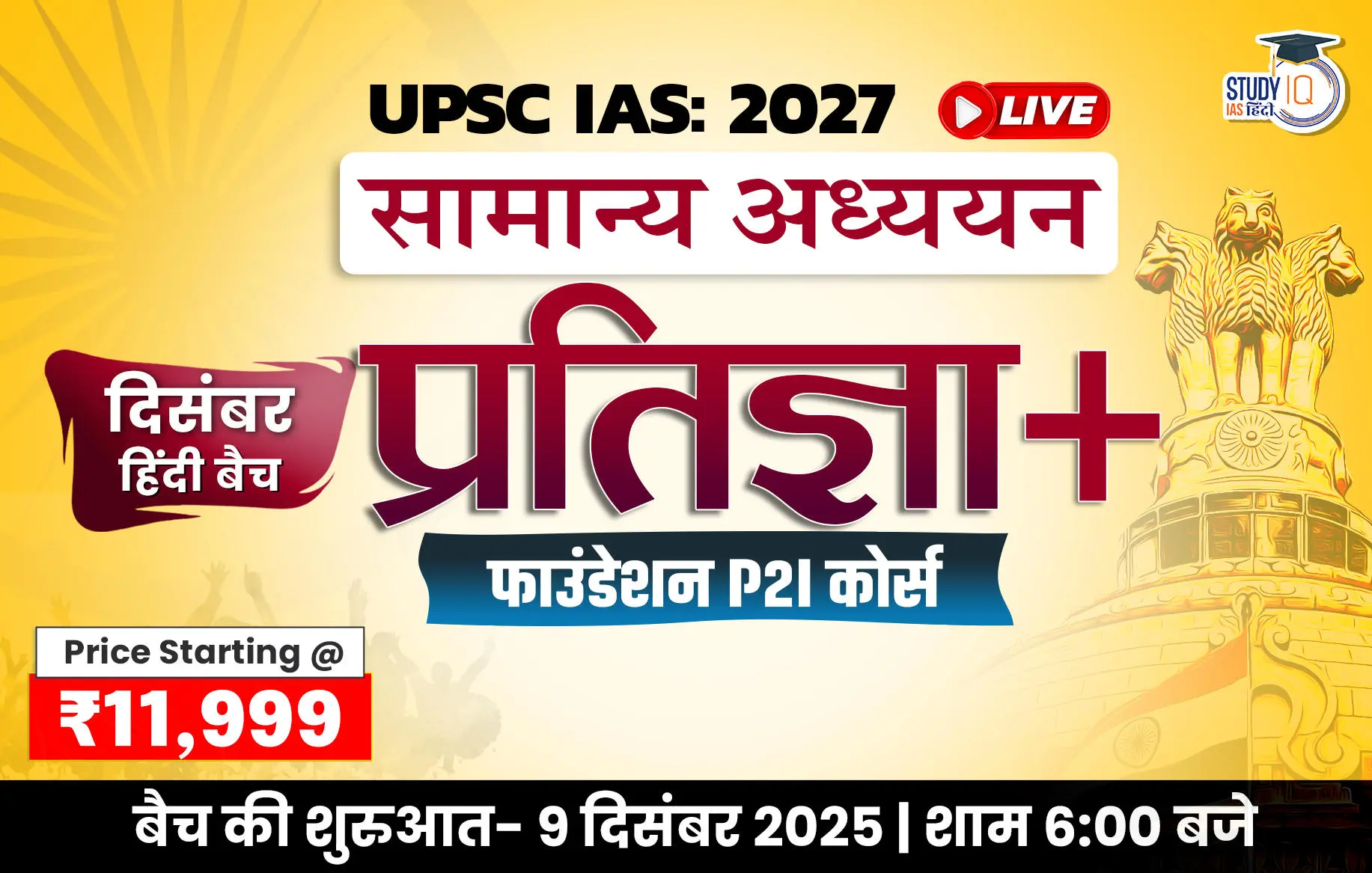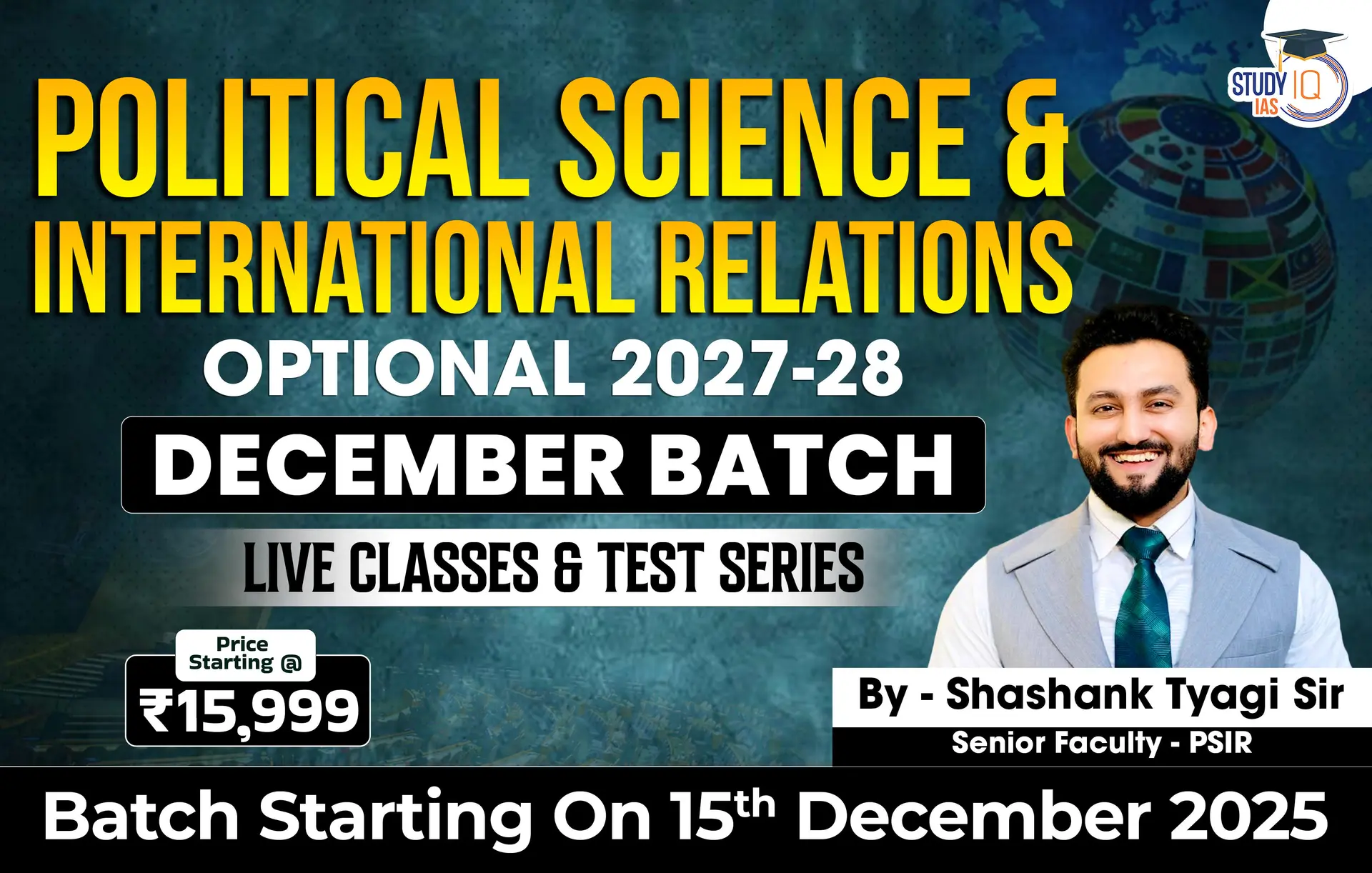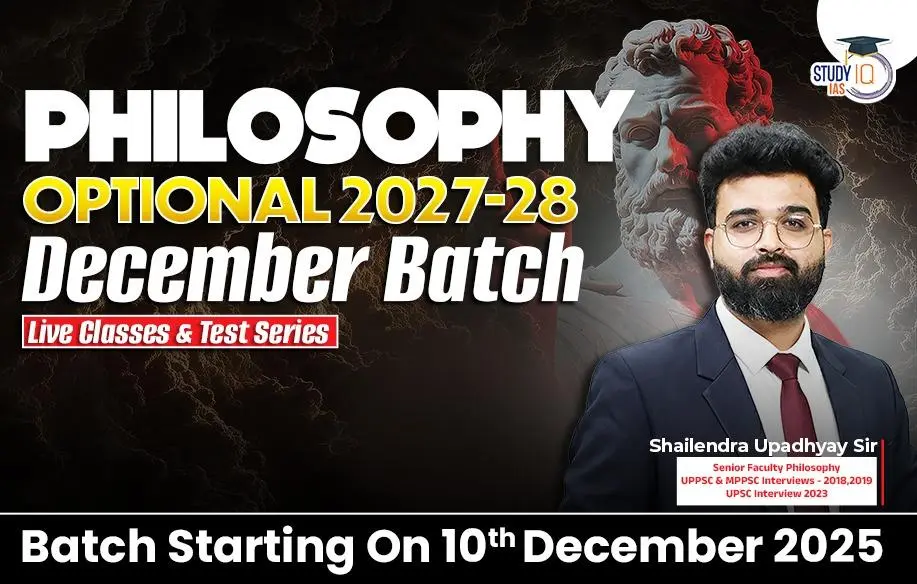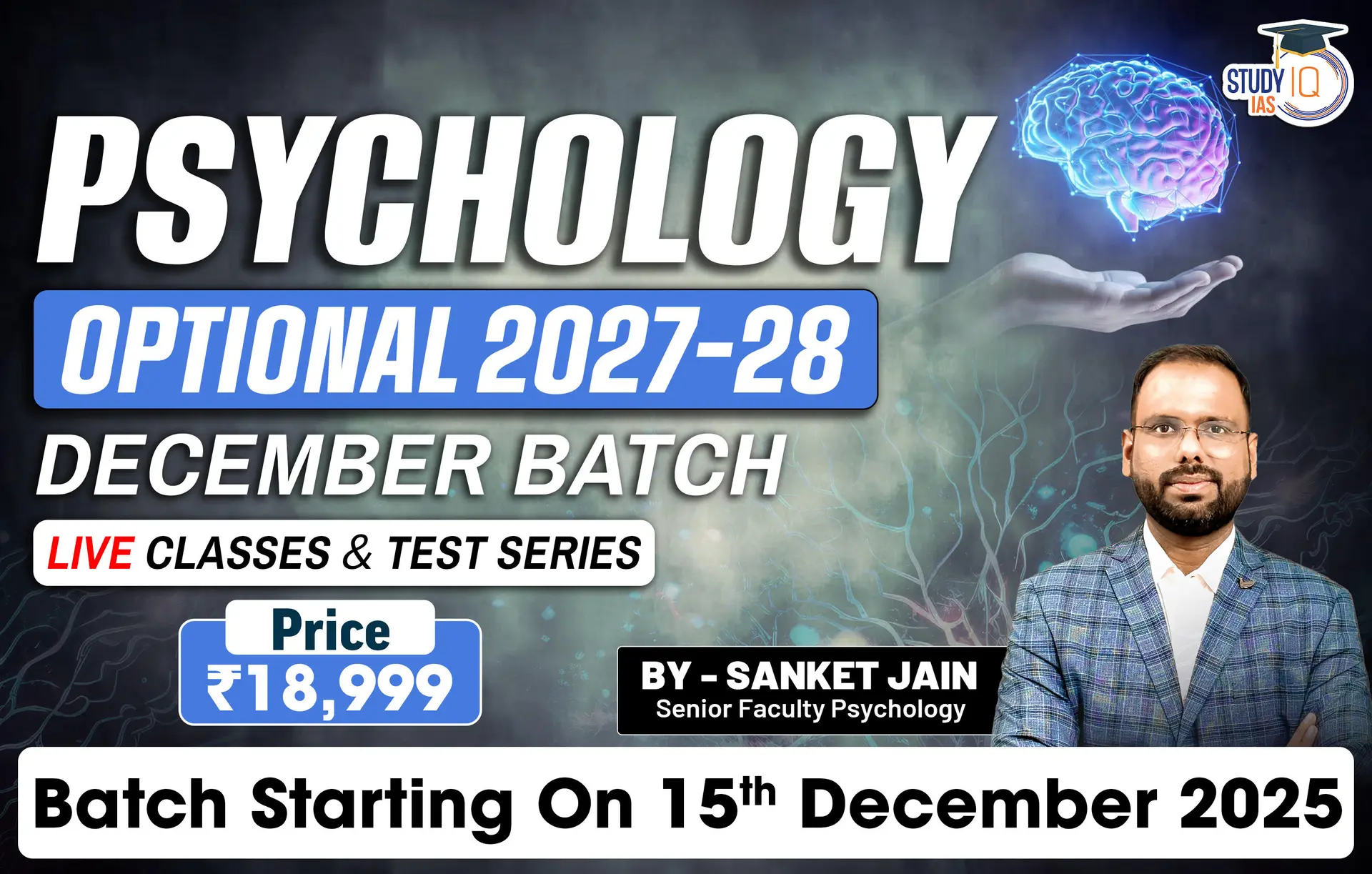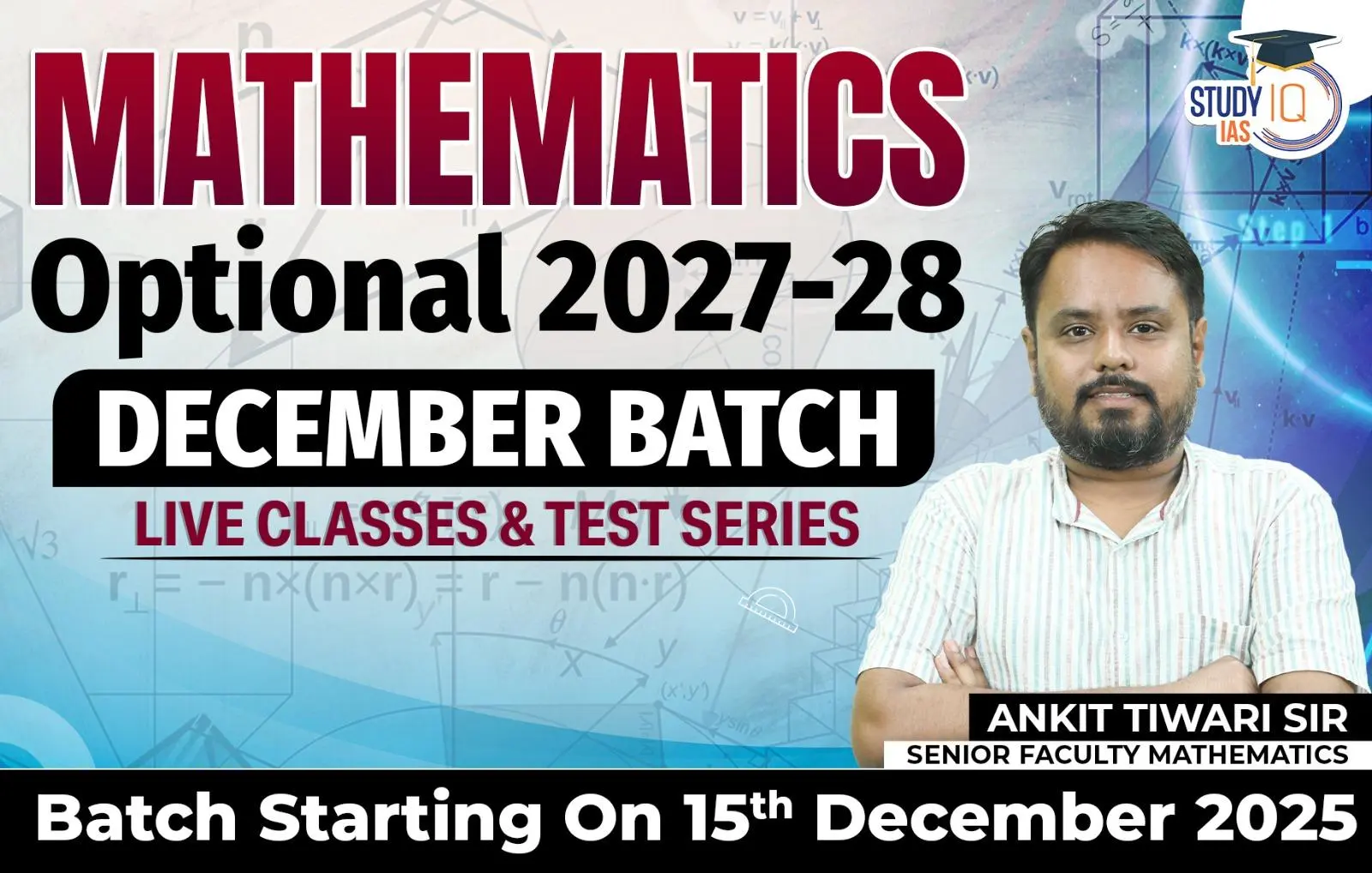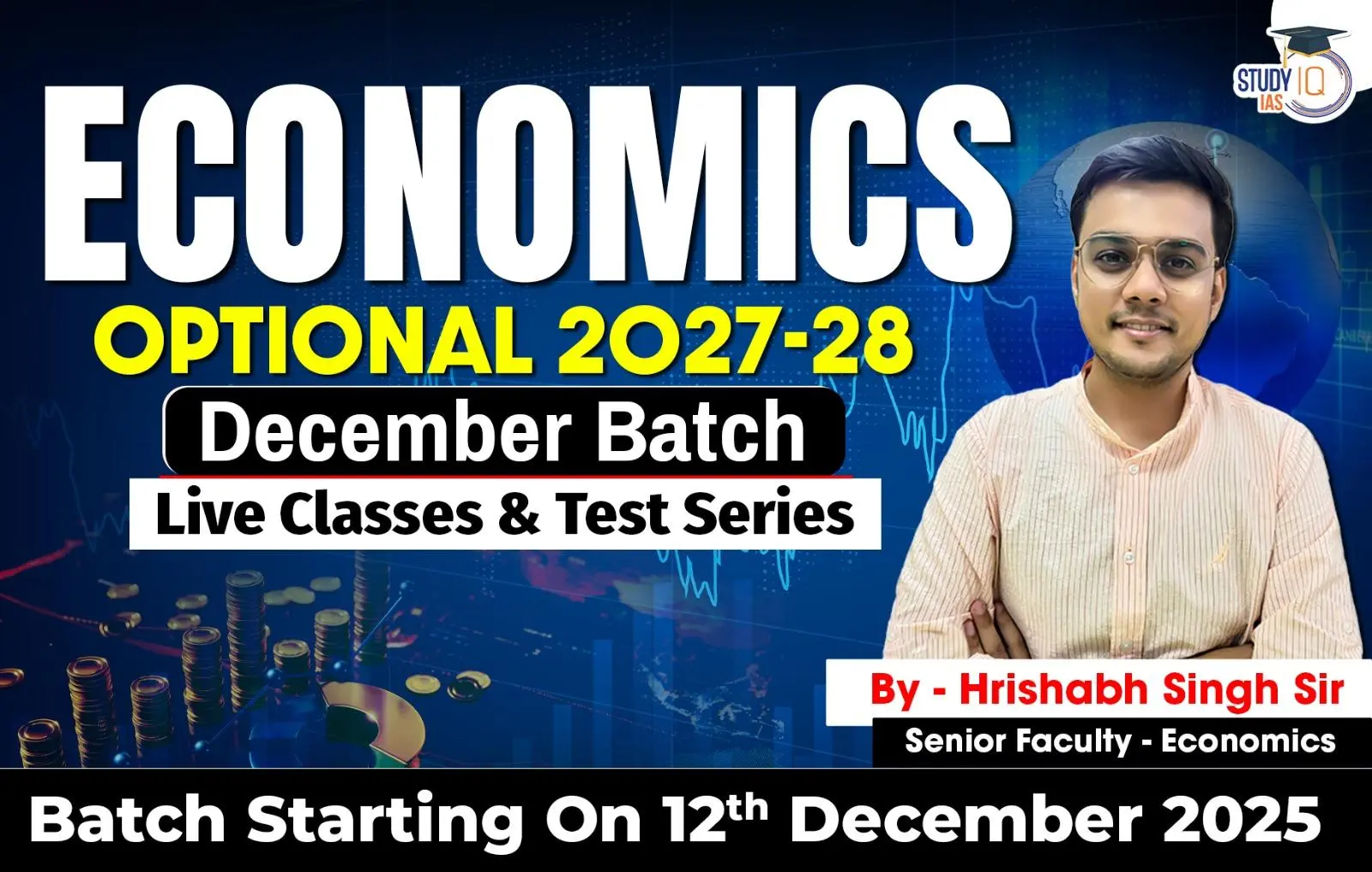Table of Contents
Enforcement Directorate (ED)
Context: The Supreme Court scrutinised the Tamil Nadu government’s intervention at the Madras High Court, which led to a suspension of the Enforcement Directorate’s (ED) summons regarding a money laundering case associated with illegal sand mining.
About Enforcement Directorate (ED)
- About: The Enforcement Directorate (ED) is India’s specialised agency for enforcing economic laws and combating financial crimes.
- Nodal Ministry: Ministry of Finance (Department of Revenue).
- Establishment: May 1956 as an ‘Enforcement Unit’ within the Department of Economic Affairs, it focused on violations of Exchange Control Laws under the Foreign Exchange Regulation Act, 1947 (FERA 1947).
- In 1957, it was renamed as the Enforcement Directorate
- In 1960, its administrative control shifted to the Department of Revenue.
- Responsibilities: ED’s responsibilities span multiple disciplines, enforcing acts such as the
- Prevention of Money Laundering Act, 2002 (PMLA)
- Foreign Exchange Management Act, 1999 (FEMA),
- Fugitive Economic Offenders Act, 2018 (FEOA),
- Foreign Exchange Regulation Act, 1973 (FERA), and
- acting as a sponsoring agency under the Conservation of Foreign Exchange and Prevention of Smuggling Activities Act, 1974 (COFEPOSA).
- Jurisdiction: The ED’s jurisdiction covers all of India, applying to any individual or entity involved in financial crimes.
- While FEMA cases are civil, PMLA cases are criminal. Public servants are also within its purview for money laundering offences.
- However, the ED does not initiate investigations without a prior complaint from another agency or the police.
- Hierarchy: Headquartered in New Delhi and led by the Director of Enforcement, the ED has
- 5 regional offices in Mumbai, Chennai, Chandigarh, Kolkata, and Delhi, each overseen by Special Directors.
- It also has 10 Zonal and 11 Sub-Zonal Offices, each managed by Deputy and Assistant Directors, respectively.
- Tenure: The tenure of the Director of the Enforcement Directorate (ED) in India can be extended from the initial two years to up to five years.
| Legal Provisions For ED Summon |
|
We’re now on WhatsApp. Click to Join
ISRO: PAPA
Context: The Indian Space Research Organisation (ISRO) stated that the Plasma Analyser Package for Aditya (PAPA) payload onboard the Aditya-L1 has detected the impact of coronal mass ejections (CMEs).
About Plasma Analyser Package for Aditya (PAPA)
- What is it?: PAPA is an energy and mass analyzer used for direct observations of solar wind electrons and ions, particularly in the lower energy spectrum.
- Sensors:
- Solar Wind Electron Energy Probe (SWEEP): Measures electrons in the energy range of 10 eV to 3 keV.
- Solar Wind Ion Composition Analyser (SWICAR): Measures ions in the energy range of 10 eV to 25 keV and mass range of 1-60 amu.
- Operation: Since December 12, 2023.
- Benefits:
- Provides valuable data for understanding space weather and solar phenomena.
- Helped detect the impact of coronal mass ejections (CMEs).
About Coronal Mass Ejections (CMEs)
- About: Coronal Mass Ejections (CMEs) are large expulsions of plasma and magnetic fields from the Sun’s corona.
- Occurrence: They can occur during solar flare events or from filament eruptions on the Sun.
- Components: CMEs contain ionised gas (plasma) and embedded magnetic fields.
- Speed: Their speeds can vary widely, from about 100 km/s to over 3000 km/s.
- Impact on Earth: CMEs can affect Earth’s magnetosphere, leading to geomagnetic storms, auroras, and disruptions in communication and navigation systems.
- Frequency: The frequency of CMEs varies with the solar cycle, being more common during solar maximum.
- Observation: CMEs are observed using space-based instruments like coronagraphs, which can image the Sun’s corona.
- Space Weather: They are a major component of space weather and can impact space-borne and ground-based technological systems.
Ultra Processed Food
Context: The Maharashtra Food & Drugs Administration took action against McDonald’s for incorrectly labelling their cheese analogues.
About Ultra Processed Foods
What is it?
- Ultra-processed foods (UPFs) typically contain five or more components, encompassing additives uncommon in home cuisine.
- Their variety is vast, covering everything from ice creams to the processed meats found in fast-food outlets.
- While these items offer convenience and appealing packaging, they heighten the likelihood of developing non-communicable diseases, earning them the label “junk food.”
- They deliver a high-calorie count per bite yet lack sufficient nutritional value.
Example:
- Unprocessed: Whole wheat flour (atta)
- Processed: Dalia (wheat porridge) with added salt and sugar
- Ultra-processed: Cookies made with atta and numerous additional ingredients
Health Concerns:
- High in: Salt, sugar, and fat, which can contribute to various health problems like:
- Obesity
- Hypertension
- Heart disease
- Other lifestyle diseases
- Artificial chemicals: May negatively impact gut health, potentially leading to:
- Neurological issues
- Stress
- Mood swings
- Obesity
- Addiction: Taste enhancers can make these foods highly desirable, leading to overconsumption.
- Rapid absorption: Processed ingredients are often quickly absorbed by the body, promoting hunger and potentially leading to sugar addiction.
| Report Related to India’s ultra Food-processing Sector |
Findings:
|

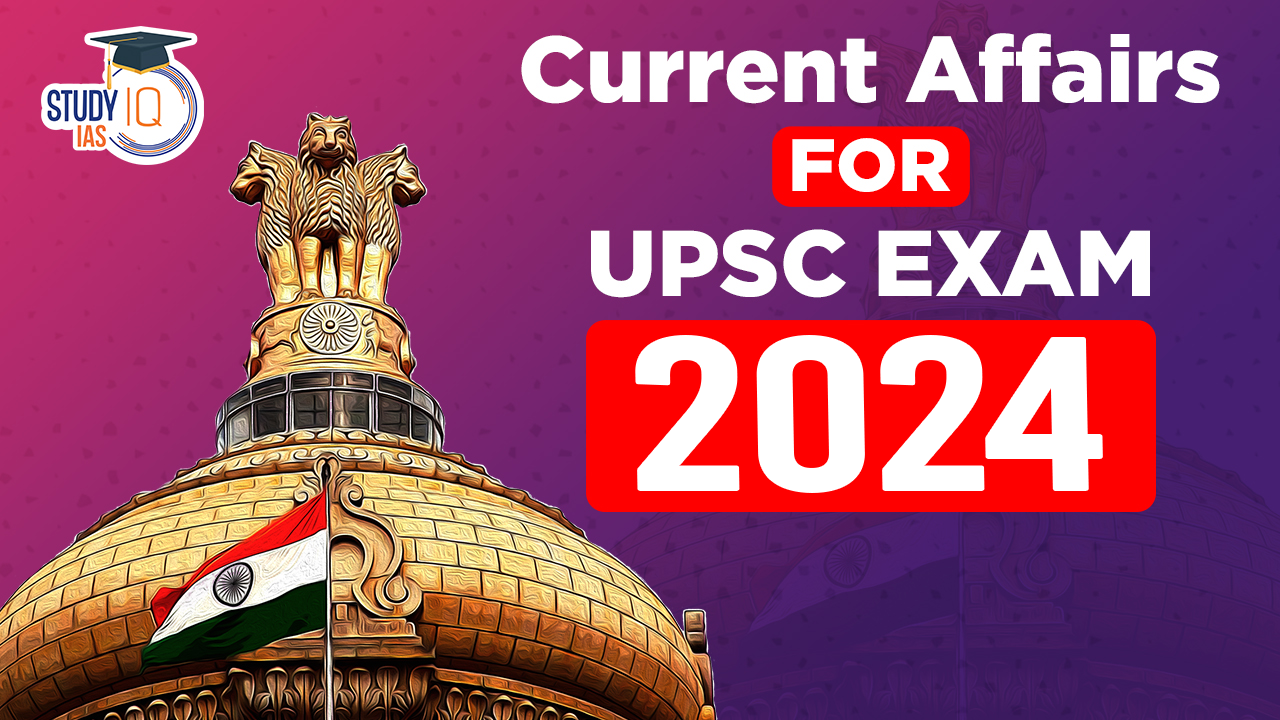
 UNEP Champions of the Earth Award: UN's ...
UNEP Champions of the Earth Award: UN's ...
 Shilp Didi Programme: Empowering Women A...
Shilp Didi Programme: Empowering Women A...
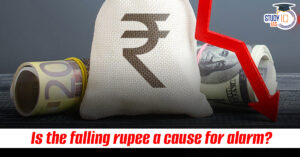 Is the Falling Rupee a Cause for Alarm?
Is the Falling Rupee a Cause for Alarm?


